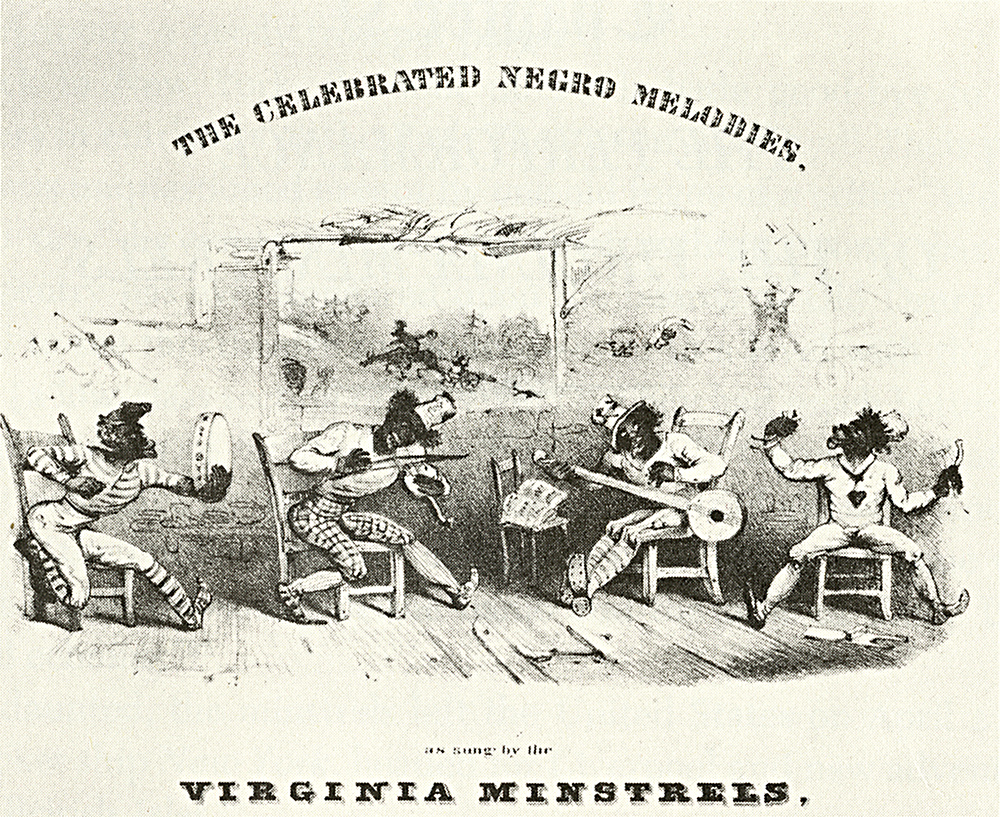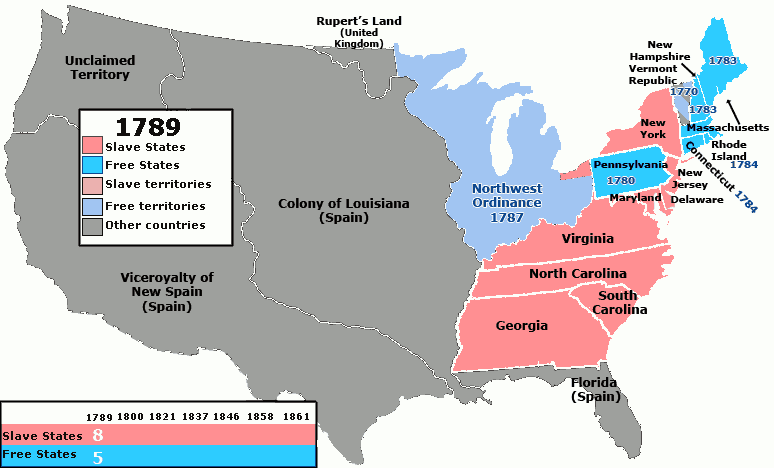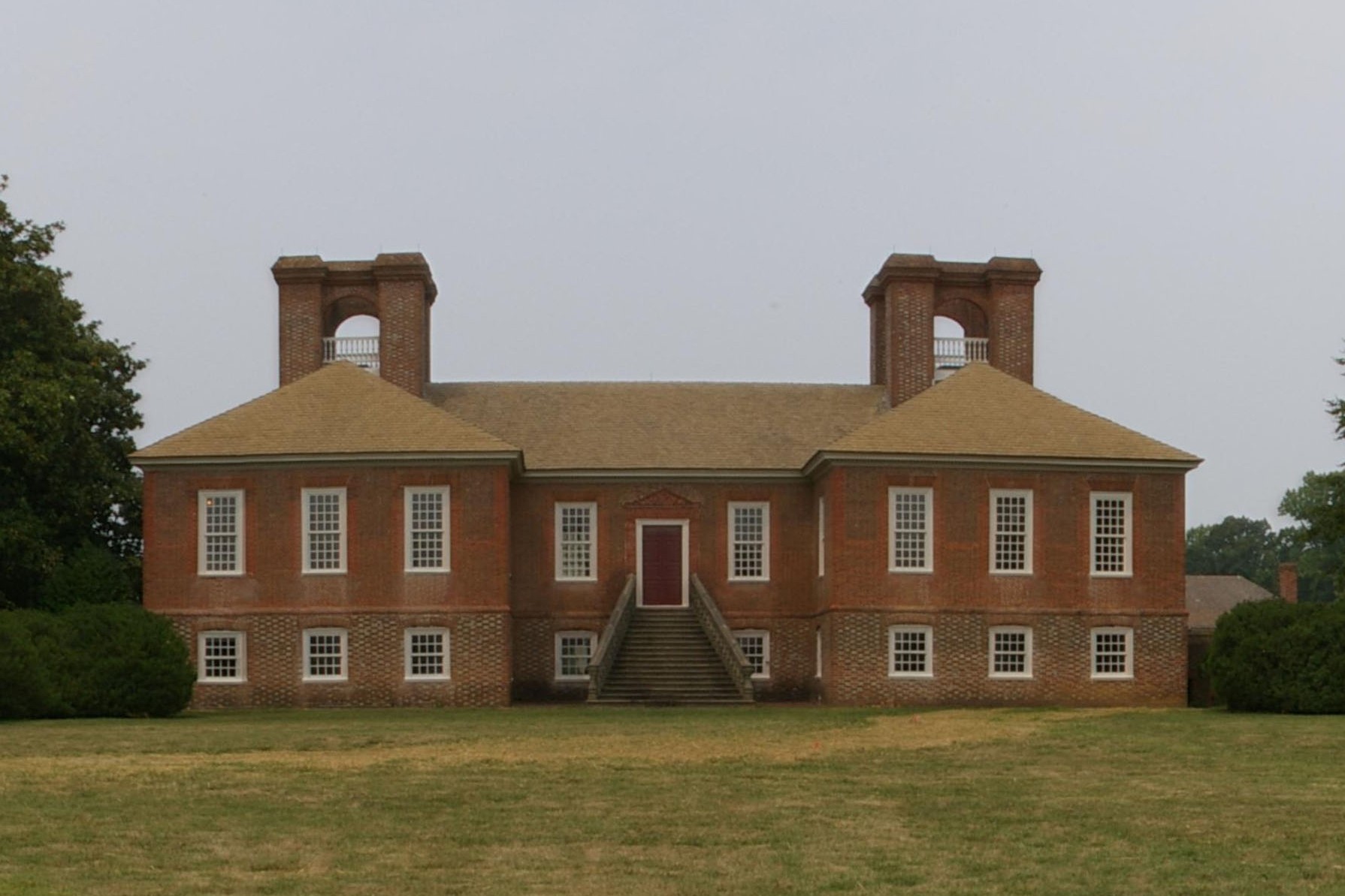|
Johnny Roach
"Johnny Roach" is an American song written by blackface minstrel composer Dan Emmett. The song was first published in 1859. The lyrics tell of a slave who has escaped to the Northern United States, who laments his lost plantation house and realizes that he really belongs in the South:Quoted in Nathan 244. The song is notable for being the first printed reference to the South as "Dixie's Land": A portion of the chorus was repeated in "Dixie Dixie, also known as Dixieland or Dixie's Land, is a nickname for all or part of the Southern United States. While there is no official definition of this region (and the included areas shift over the years), or the extent of the area it cover ..." with slight variation.Nathan 254. References *Nathan, Hans (1962). ''Dan Emmett and the Rise of Early Negro Minstrelsy''. Norman: University of Oklahoma Press. Blackface minstrel songs 1859 songs {{song-stub ... [...More Info...] [...Related Items...] OR: [Wikipedia] [Google] [Baidu] |
American Popular Music
American popular music has had a profound effect on music across the world. The country has seen the rise of popular styles that have had a significant influence on global culture, including ragtime, blues, jazz, swing, rock, bluegrass, country, R&B, doo wop, gospel, soul, funk, punk, disco, house, techno, salsa, grunge and hip hop. In addition, the American music industry is quite diverse, supporting a number of regional styles such as zydeco, klezmer and slack-key. Distinctive styles of American popular music emerged early in the 19th century, and in the 20th century the American music industry developed a series of new forms of music, using elements of blues and other genres These popular styles included country, R&B, jazz and rock. The 1960s and 1970s saw a number of important changes in American popular music, including the development of a number of new styles, such as heavy metal, punk, soul, and hip hop. Though these styles were not in the sense of '' ... [...More Info...] [...Related Items...] OR: [Wikipedia] [Google] [Baidu] |
Blackface
Blackface is a form of theatrical makeup used predominantly by non-Black people, Black people to portray a caricature of a Black person. In the United States, the practice became common during the 19th century and contributed to the spread of Ethnic stereotype, racial stereotypes such as the "happy-go-lucky List of ethnic slurs#D, darky on the plantation" or the "dandy, dandified List of ethnic slurs#Coon, coon". By the middle of the century, blackface minstrel shows had become a distinctive American artform, translating formal works such as opera into popular terms for a general audience. Early in the 20th century, blackface branched off from the minstrel show and became a form in its own right. In the United States, blackface declined in popularity beginning in the 1940s and into the civil rights movement of the 1950s and 1960s,Clark, Alexis.How the History of Blackface Is Rooted in Racism. ''History''. A&E Television Networks, LLC. 2019. and was generally considered highly of ... [...More Info...] [...Related Items...] OR: [Wikipedia] [Google] [Baidu] |
Minstrel Show
The minstrel show, also called minstrelsy, was an American form of racist theatrical entertainment developed in the early 19th century. Each show consisted of comic skits, variety acts, dancing, and music performances that depicted people specifically of African descent. The shows were performed by mostly white people wearing blackface make-up for the purpose of playing the role of black people. There were also some African-American performers and black-only minstrel groups that formed and toured. Minstrel shows caricatured black people as dim-witted, lazy, buffoonish, superstitious, and happy-go-lucky.The Coon Character , Jim Crow Museum of Racist Memorabilia, Ferris State University. Retrieved 29 January 2016.John Kenrick < ... [...More Info...] [...Related Items...] OR: [Wikipedia] [Google] [Baidu] |
Dan Emmett
Daniel Decatur Emmett (October 29, 1815June 28, 1904) was an American songwriter, entertainer, and founder of the first troupe of the blackface minstrel tradition, the Virginia Minstrels. He is most remembered as the composer of the song " Dixie". Early and family life Dan Emmett was born in Mount Vernon, Knox County, Ohio, then a frontier region. His grandfather, Rev. John Emmett (1759–1847) had been born in Cecil County, Maryland, and after serving as a private in the American Revolutionary War and fighting at the Battle of White Plains in New York and later in Delaware, became a Methodist minister in the then-vast frontier Augusta County, Virginia, and then moved across the Appalachian Mountains to Licking County, Ohio and also served in the Ohio legislature representing Pickaway County, Ohio in the Scioto River valley. His father, Abraham Emmett (1791–1846) served as a private in the War of 1812 while his father served in the Ohio legislature. Notwithstandin ... [...More Info...] [...Related Items...] OR: [Wikipedia] [Google] [Baidu] |
Slavery In The United States
The legal institution of human Slavery#Chattel slavery, chattel slavery, comprising the enslavement primarily of List of ethnic groups of Africa, Africans and African Americans, was prevalent in the United States, United States of America from its founding in 1776 until 1865, predominantly in the Southern United States, South. Slavery was established throughout European colonization of the Americas, European colonization in the Americas. From 1526, during early Slavery in the colonial history of the United States, colonial days, it was practiced in what became British America, Britain's colonies, including the Thirteen Colonies that formed the United States. Under the law, an enslaved person was treated as property that could be bought, sold, or given away. Slavery lasted in about half of U.S. states until Thirteenth Amendment to the United States Constitution, abolition. In the decades after the end of Reconstruction era, Reconstruction, many of slavery's economic and soci ... [...More Info...] [...Related Items...] OR: [Wikipedia] [Google] [Baidu] |
Northern United States
The Northern United States, commonly referred to as the American North, the Northern States, or simply the North, is a geographical or historical region of the United States. History Early history Before the 19th century westward expansion, the "Northern United States" corresponded to the present day New England region. By the 1830s it corresponded to the present day Northeast and Great Lakes region. Before 1865, the North was distinguished from the South on the issue of slavery. In Southern states, slavery was legal until the ratification of the 13th Amendment in 1865. Northern states had all passed some form of legislation to abolish slavery by 1804. However, abolition did not mean freedom for some existing slaves. Due to gradual abolition laws, slaves would still appear in some Northern states as far as the 1840 United States Census. New Jersey was the last Northern state to end slavery. Due to their states gradual abolition laws, slavery came to an end in New Jersey when th ... [...More Info...] [...Related Items...] OR: [Wikipedia] [Google] [Baidu] |
Plantation Complexes In The Southeastern United States
A plantation complex in the Southern United States is the built environment (or complex) that was common on agricultural plantations in the American South from the 17th into the 20th century. The complex included everything from the main residence down to the pens for livestock. Until the abolition of slavery, such plantations were generally self-sufficient settlements that relied on the forced labor of enslaved people. Plantations are an important aspect of the history of the Southern United States, particularly the antebellum era (pre-American Civil War). The mild temperate climate, plentiful rainfall, and fertile soils of the southeastern United States allowed the flourishing of large plantations, where large numbers of enslaved Africans or African Americans were held captive and forced to produce crops to create wealth for a white elite. Today, as was also true in the past, there is a wide range of opinion as to what differentiated a plantation from a farm. Typically, the ... [...More Info...] [...Related Items...] OR: [Wikipedia] [Google] [Baidu] |
Southern United States
The Southern United States (sometimes Dixie, also referred to as the Southern States, the American South, the Southland, or simply the South) is a geographic and cultural region of the United States of America. It is between the Atlantic Ocean and the Western United States, with the Midwestern and Northeastern United States to its north and the Gulf of Mexico and Mexico to its south. Historically, the South was defined as all states south of the 18th century Mason–Dixon line, the Ohio River, and 36°30′ parallel.The South . ''Britannica.com''. Retrieved June 5, 2021. Within the South are different , such as the [...More Info...] [...Related Items...] OR: [Wikipedia] [Google] [Baidu] |
Underground Railroad
The Underground Railroad was a network of clandestine routes and safe houses established in the United States during the early- to mid-19th century. It was used by enslaved African Americans primarily to escape into free states and Canada. The network was assisted by abolitionists and others sympathetic to the cause of the escapees. The enslaved persons who risked escape and those who aided them are also collectively referred to as the "Underground Railroad". Various other routes led to Mexico, where slavery had been abolished, and to islands in the Caribbean that were not part of the slave trade. An earlier escape route running south toward Florida, then a Spanish possession (except 1763–1783), existed from the late 17th century until approximately 1790. However, the network now generally known as the Underground Railroad began in the late 18th century. It ran north and grew steadily until the Emancipation Proclamation was signed by President Abraham Lincoln.Vox, Lisa"H ... [...More Info...] [...Related Items...] OR: [Wikipedia] [Google] [Baidu] |
Dixie (song)
"Dixie", also known as "Dixie's Land", "I Wish I Was in Dixie", and other titles, is a song about the Southern United States first made in 1859. It is one of the most distinctively Southern musical products of the 19th century. It was not a folk song at its creation, but it has since entered the American folk vernacular. The song likely cemented the word " Dixie" in the American vocabulary as a nickname for the Southern U.S. Most sources credit Ohio-born Daniel Decatur Emmett with the song's composition, although other people have claimed credit, even during Emmett's lifetime. Compounding the problem are Emmett's own confused accounts of its writing and his tardiness in registering its copyright. "Dixie" originated in the minstrel shows of the 1850s and quickly became popular throughout the United States. During the American Civil War, it was adopted as a de facto national anthem of the Confederacy, along with " The Bonnie Blue Flag" and " God Save the South". New versio ... [...More Info...] [...Related Items...] OR: [Wikipedia] [Google] [Baidu] |
Blackface Minstrel Songs
Blackface is a form of theatrical makeup used predominantly by non- Black people to portray a caricature of a Black person. In the United States, the practice became common during the 19th century and contributed to the spread of racial stereotypes such as the "happy-go-lucky darky on the plantation" or the " dandified coon". By the middle of the century, blackface minstrel shows had become a distinctive American artform, translating formal works such as opera into popular terms for a general audience. Early in the 20th century, blackface branched off from the minstrel show and became a form in its own right. In the United States, blackface declined in popularity beginning in the 1940s and into the civil rights movement of the 1950s and 1960s,Clark, Alexis.How the History of Blackface Is Rooted in Racism. ''History''. A&E Television Networks, LLC. 2019. and was generally considered highly offensive, disrespectful, and racist by the turn of the 21st century, though the pract ... [...More Info...] [...Related Items...] OR: [Wikipedia] [Google] [Baidu] |







.jpg)